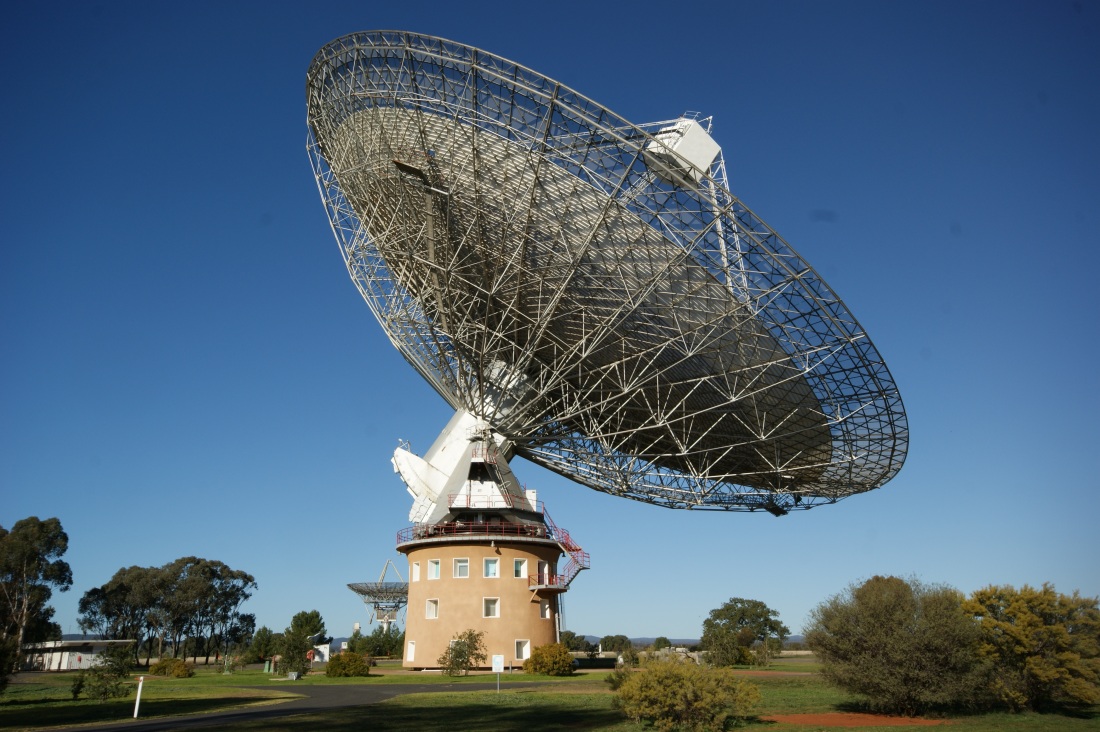26 April 2017 [Where did this come from? Just found in social media.]
Leah Crane

THE most ambitious search so far for extraterrestrial intelligence has released its first data – and there are no aliens yet. The lack of success could be explained by the result of a new approach to calculating the likelihood of detecting alien signals. This calculation suggests we might never make contact, even if extraterrestrial life is common.
The search for extraterrestrial intelligence (SETI) has been active for decades.




Breakthrough Listen aims to be the largest, most comprehensive search ever. [Using only three telescopes? There are a lot more available.]






The $100 million initiative uses three of the world’s most sensitive telescopes to look for alien signals from the 1 million closest stars to Earth and the 100 closest galaxies.
“It’s like finding a needle in a haystack,” says Seth Shostak at the SETI Institute in California. “But we don’t know how many needles are there.”
Breakthrough Listen team members have analysed the light from 692 stars so far. They have found 11 potential alien signals, none of which remained promising after further analysis.
“It’s the beginning of a very exciting time,” says Avi Loeb at Harvard University. “But while it’s exciting, it’s still very risky. We could find nothing.”
That’s exactly what an assessment by Claudio Grimaldi at the Swiss Federal Institute of Technology in Lausanne predicts.
Most methods for calculating the likelihood of detecting alien signals start with an expected number of sources. Instead, Grimaldi started with what volume of the galaxy could be reached by alien signals, a value that requires fewer assumptions about the nature and abundance of extraterrestrial life.
Grimaldi assumed that signals from an extraterrestrial emitter might get weaker or be blocked as they travel, so they would only cover a certain volume of space. It’s relatively simple to calculate the probability that Earth is within that space and so able to detect the signal. “Not all signals can be visible at the same time – only those that intersect with the Earth,” says Grimaldi.
He found that even if half of our galaxy was full of alien noise, the average number of signals that we would be able to detect from Earth is less than one (Scientific Reports, doi.org/b562).
This implies that, even if there are lots of aliens out there, we might never be able to hear from them. But some researchers take umbrage: Grimaldi’s method still requires you to plug in numbers for how far alien signals could be detectable and how long they last – neither of which is known.
“You have to make some assumptions about what the aliens are doing in all these calculations, unfortunately, and the data set that we have with alien activity is fairly sparse,” says Shostak. Our only example of intelligent life is on Earth, and there’s little reason to expect that ET resembles us.
But, says Loeb, extraterrestrial signals should be no harder to find than other astronomical events.
“The question of whether you can detect a signal has nothing to do with whether it’s artificial or natural, and astronomers routinely detect lots of kinds of signals,” he says.
“In SETI, theory is great, but observation is the gold standard,” says Douglas Vakoch, president of METI International, which aims to send messages to extraterrestrial intelligence.

It’s not difficult to think up a different signal that we would be able to detect, he says.
For example, if there were alien life at the TRAPPIST-1 planets, just 40 light years away, they wouldn’t need particularly advanced technology to contact us.


It seems implausible that we would miss their call.
See the full article here .
Please help promote STEM in your local schools.


